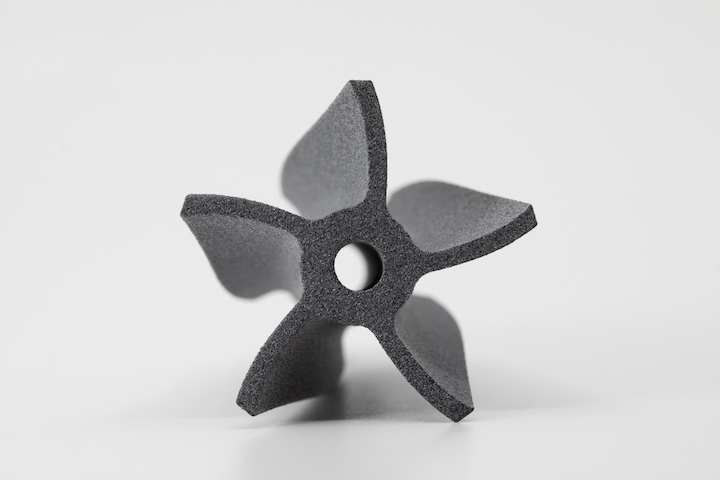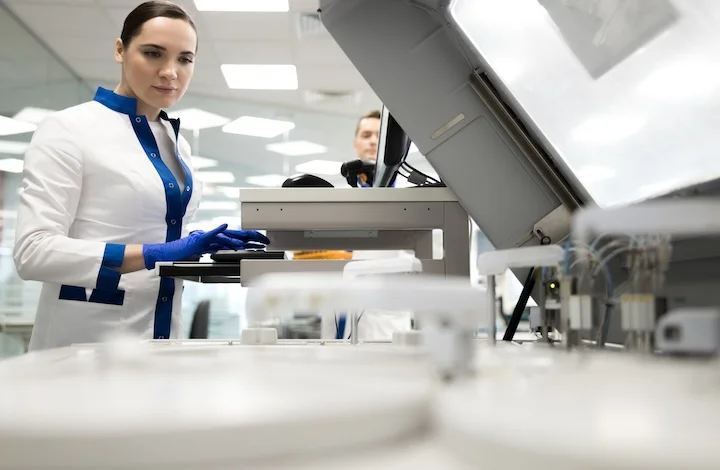Polypropylene (PP) is a thermoplastic polymer known for its excellent chemical resistance, low density, and good fatigue resistance. While not as commonly used in 3D printing as some other materials, PP does have specific applications where its properties are advantageous. Here are some common applications for Polypropylene in 3D printing:
Functional Prototypes: PP can be used to create functional prototypes for products and components that require chemical resistance and low weight.
Chemical Resistant Parts: It is suitable for applications where parts need to resist exposure to various chemicals, making it valuable in the chemical industry.
Laboratory Equipment: PP is used to create laboratory equipment like beakers, funnels, and containers due to its chemical resistance.
Food Contact Parts: PP is FDA-approved for food contact, making it suitable for creating food storage containers, kitchen utensils, and other culinary items.
Automotive Components: PP can be used for automotive parts that don’t require high heat resistance, such as interior trim, panels, and custom storage solutions.
Medical Devices: Some medical devices, particularly those requiring chemical resistance and sterilization capabilities, can be made from PP.
Custom Packaging: PP is used to create custom packaging inserts, trays, and protective packaging for various products.
Low-Cost Prototyping: PP’s affordability makes it an option for low-cost prototyping in situations where chemical resistance is needed.
Durable Containers: PP is used to manufacture containers for storing chemicals, cleaning agents, and other liquids due to its chemical resistance.
Outdoor and Recreational Gear: In applications where chemical resistance and low weight are important, such as kayaks and boating accessories, PP can be employed.
Battery Cases: PP can be used for battery cases and housings, particularly in applications where chemical resistance is required.
Pipe Fittings: PP is used for pipe fittings and connectors due to its resistance to chemicals and water.
Custom Fluid Handling Components: Some fluid handling components, such as valves and connectors, can be made from PP.
Chemical Pumps: PP is used in the production of chemical pumps and impellers due to its corrosion resistance.
Educational Models: PP is employed in educational institutions to create models for teaching chemical principles and processes.
Waterproof Components: PP’s resistance to moisture makes it suitable for applications where water resistance is necessary.
Polypropylene’s chemical resistance and low weight make it valuable in industries where exposure to chemicals, moisture, and corrosion is a concern. It may not be suitable for high-temperature applications due to its relatively low melting point, but it offers advantages in scenarios where its properties align with specific requirements








